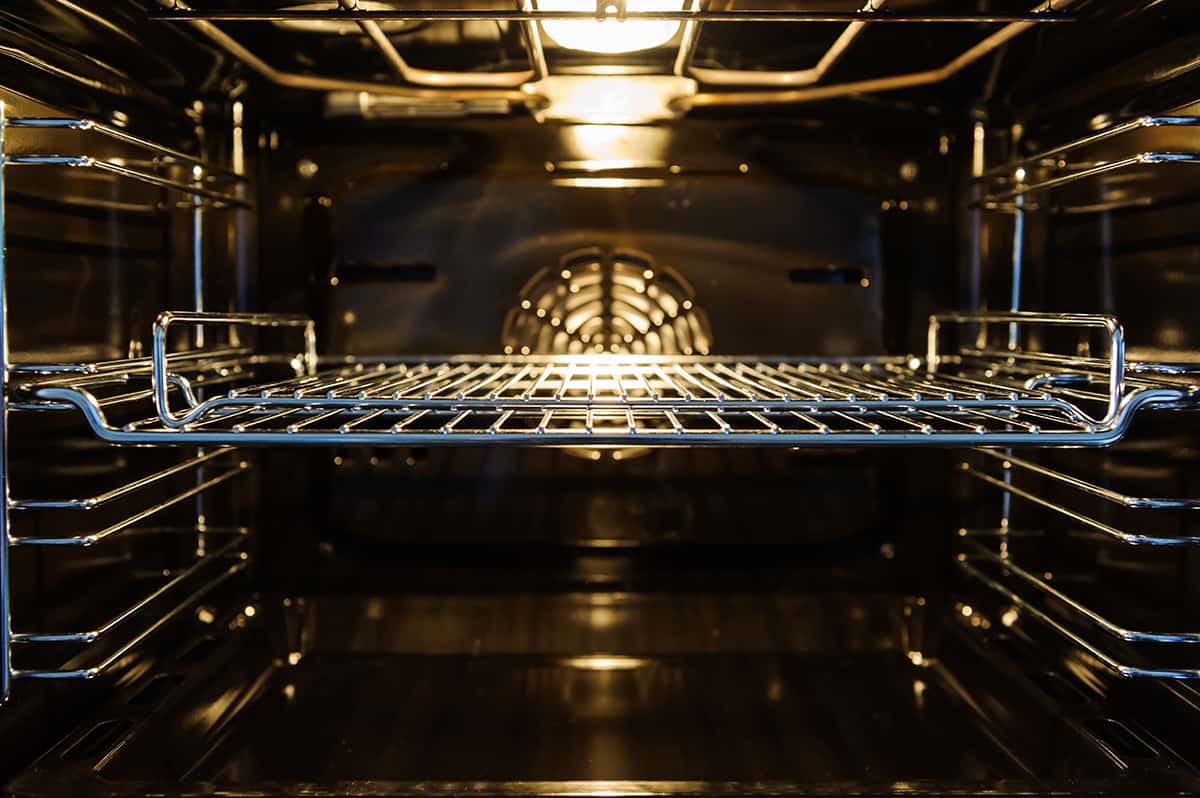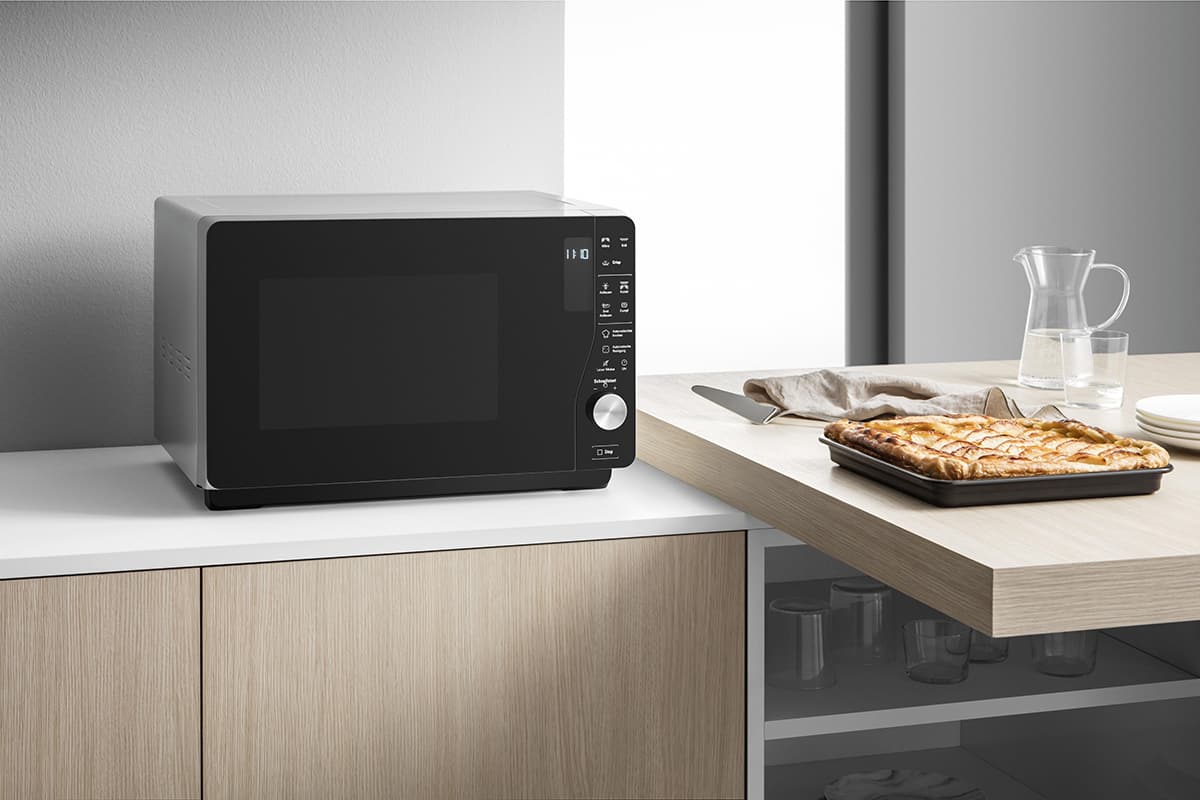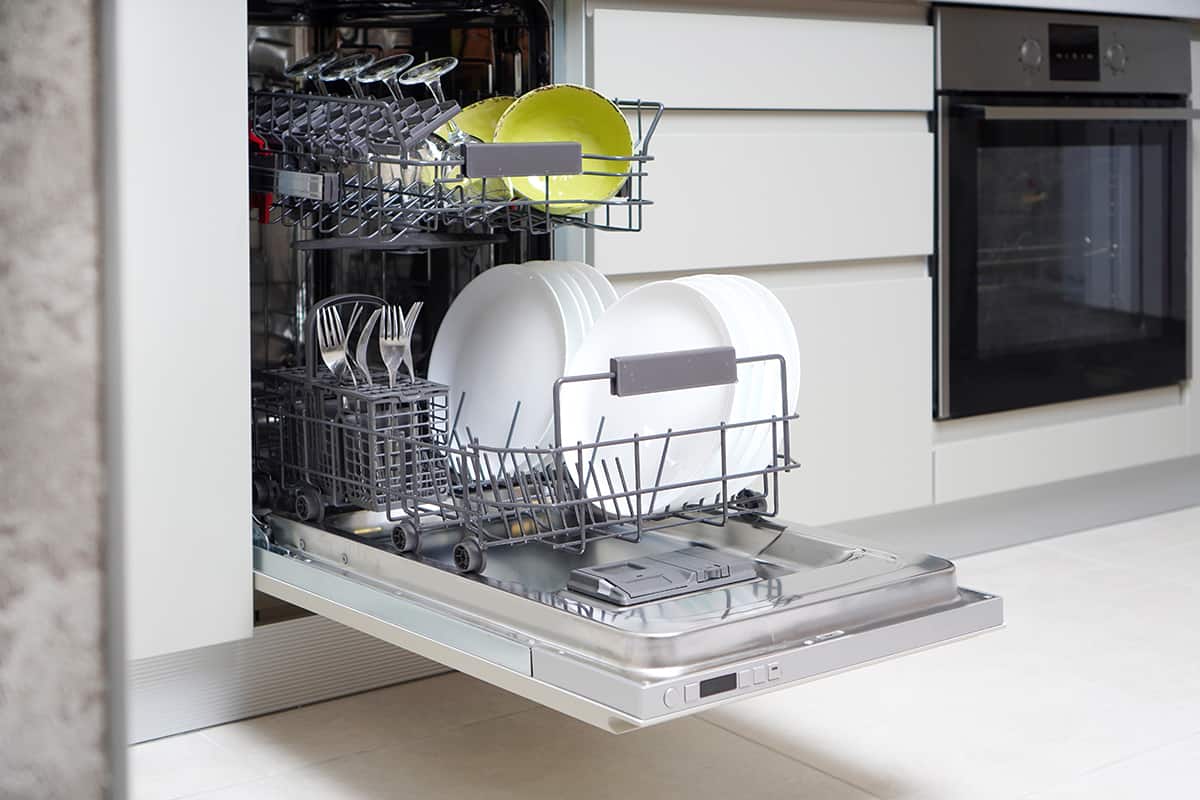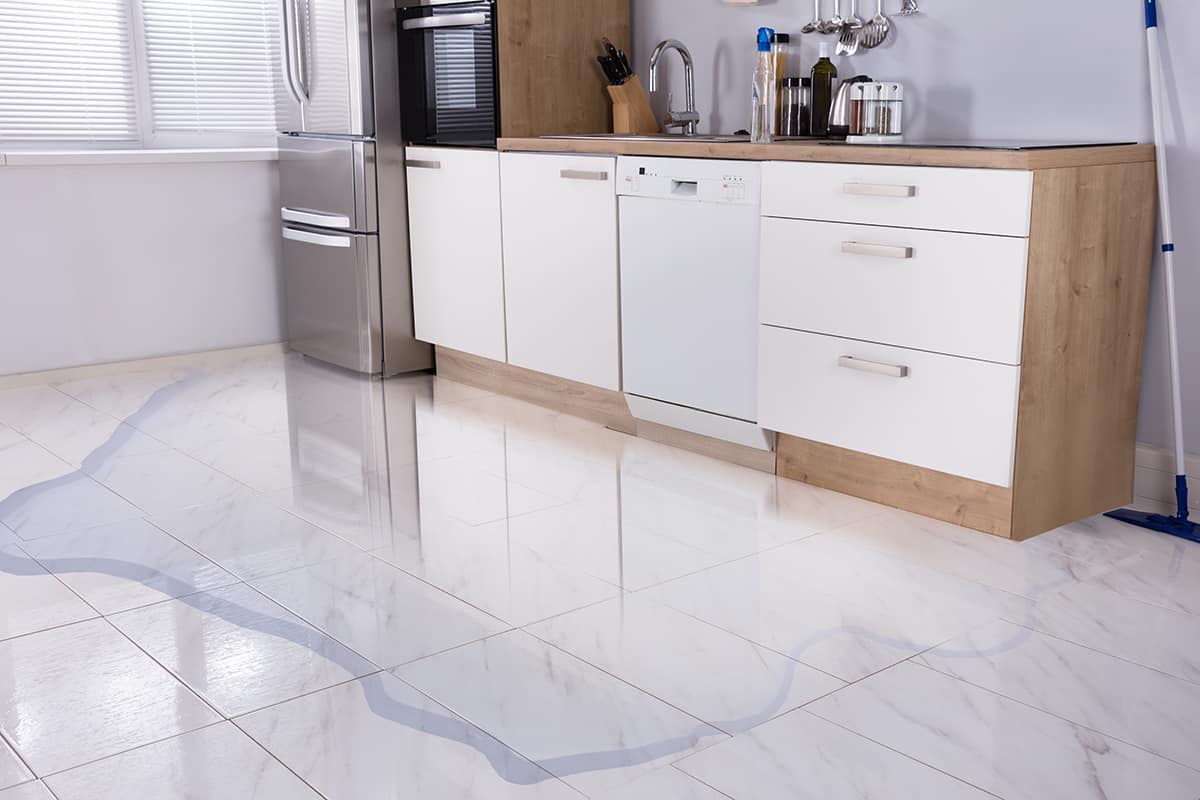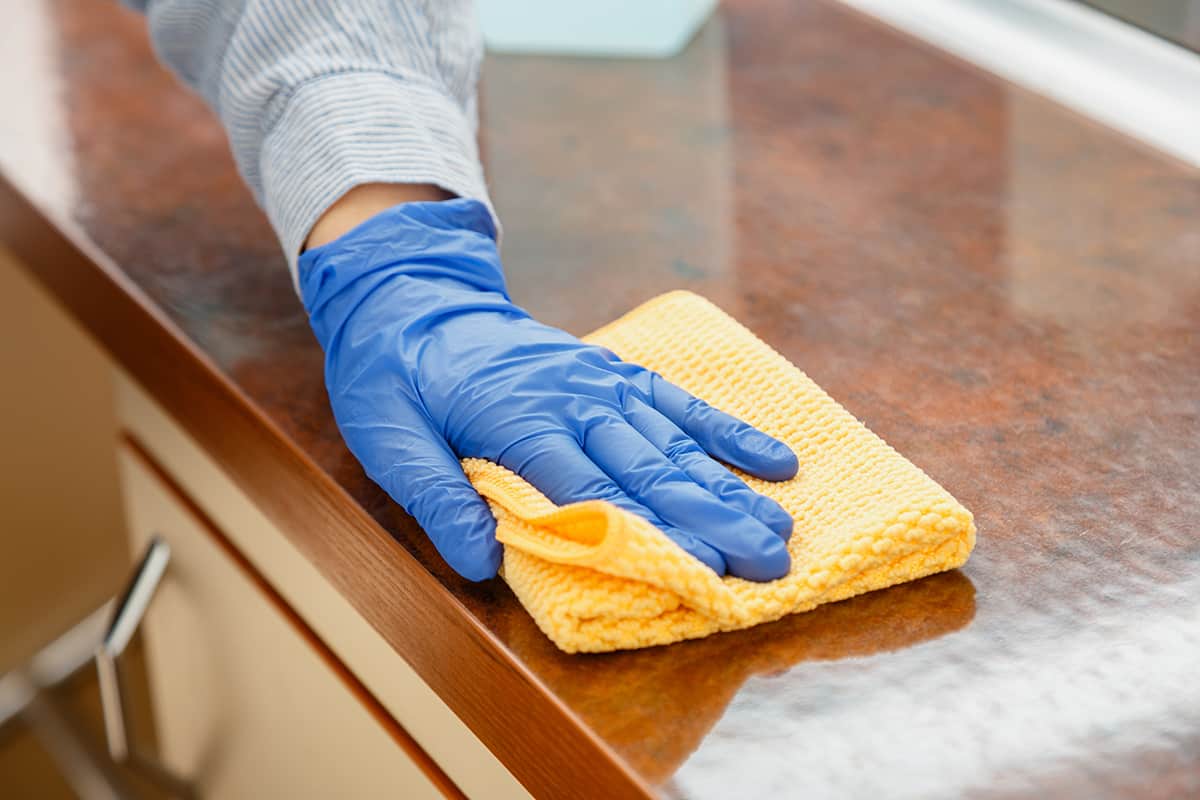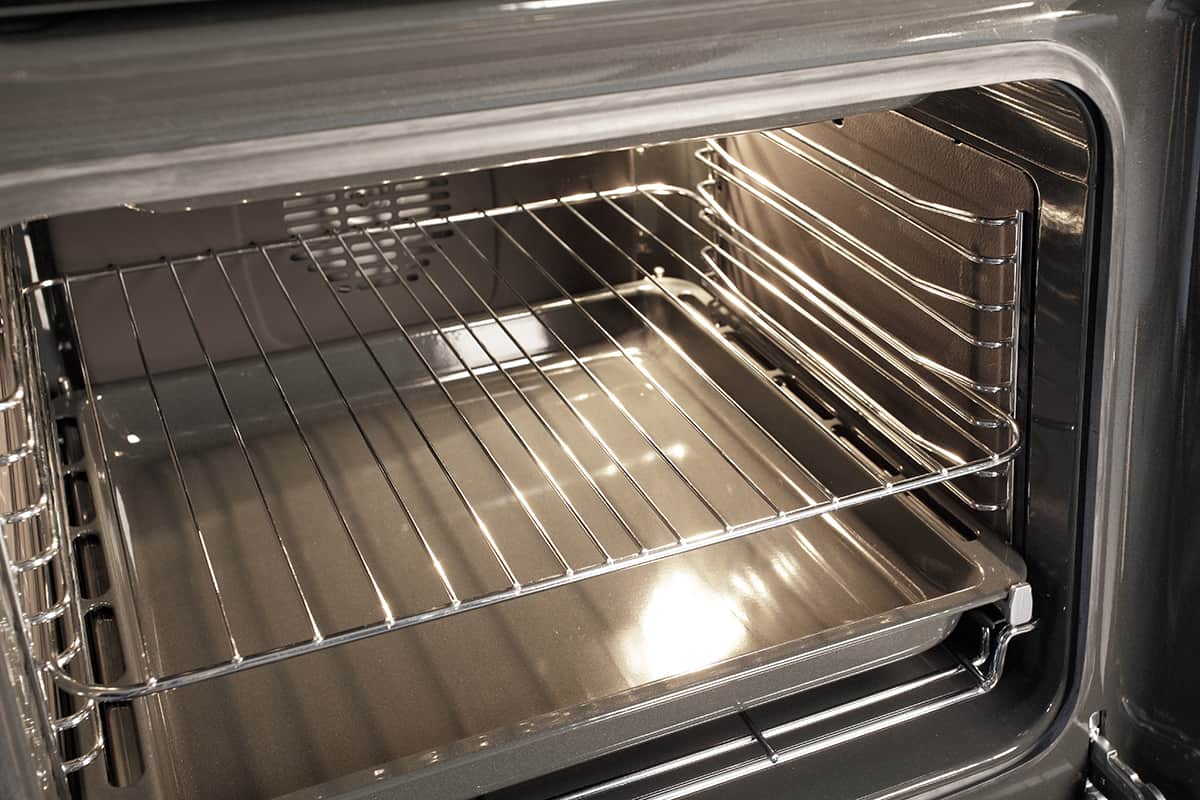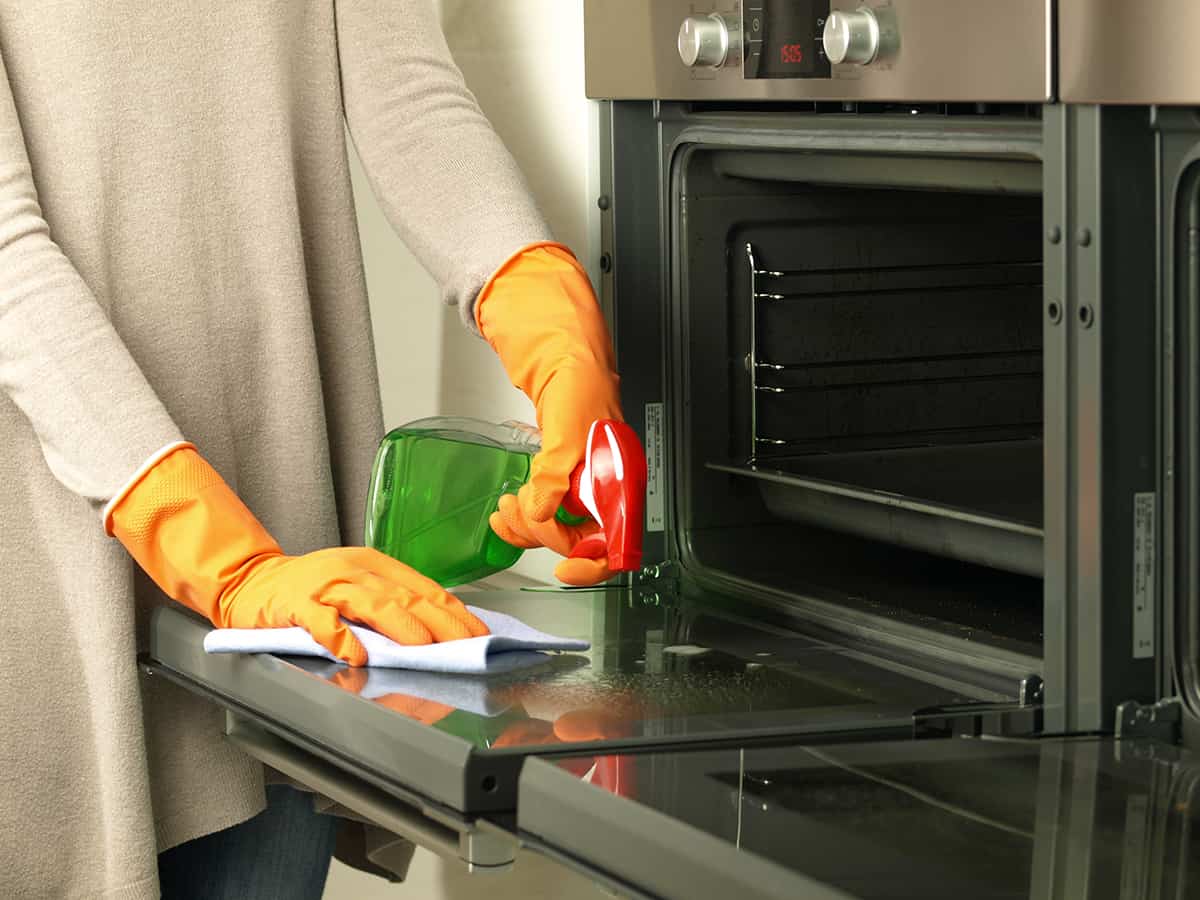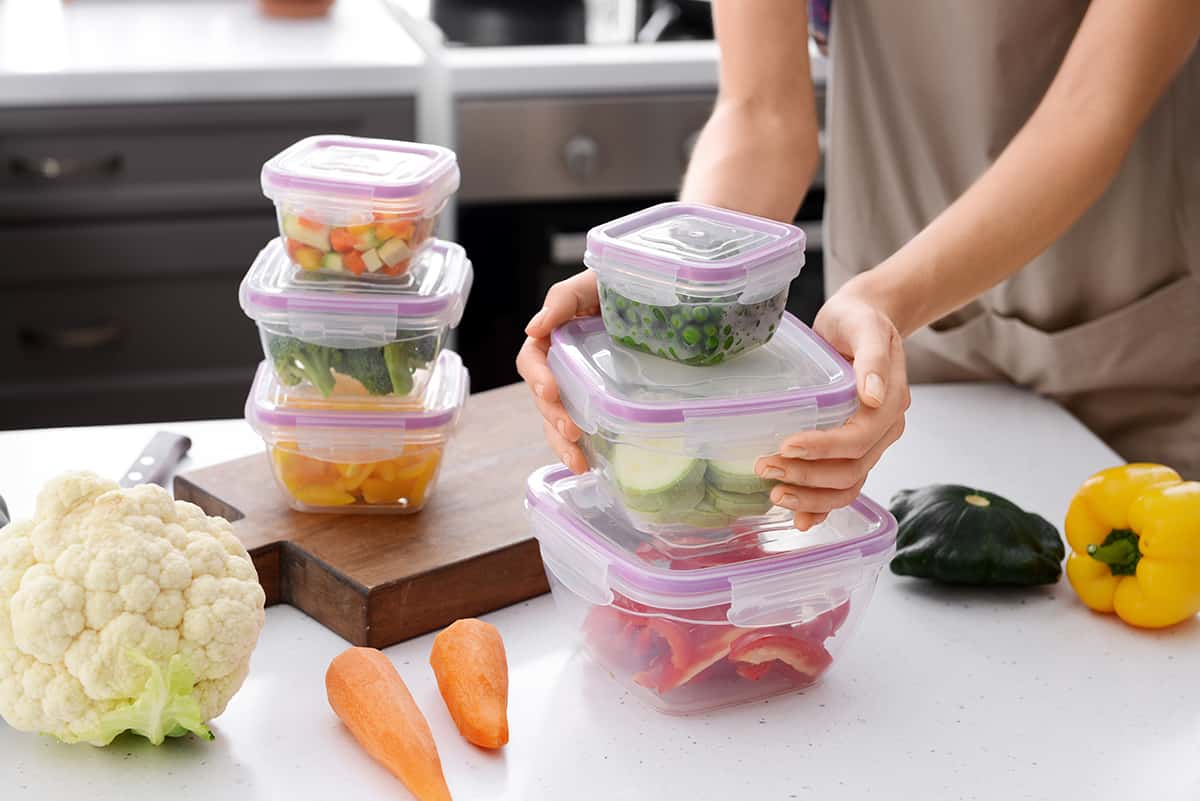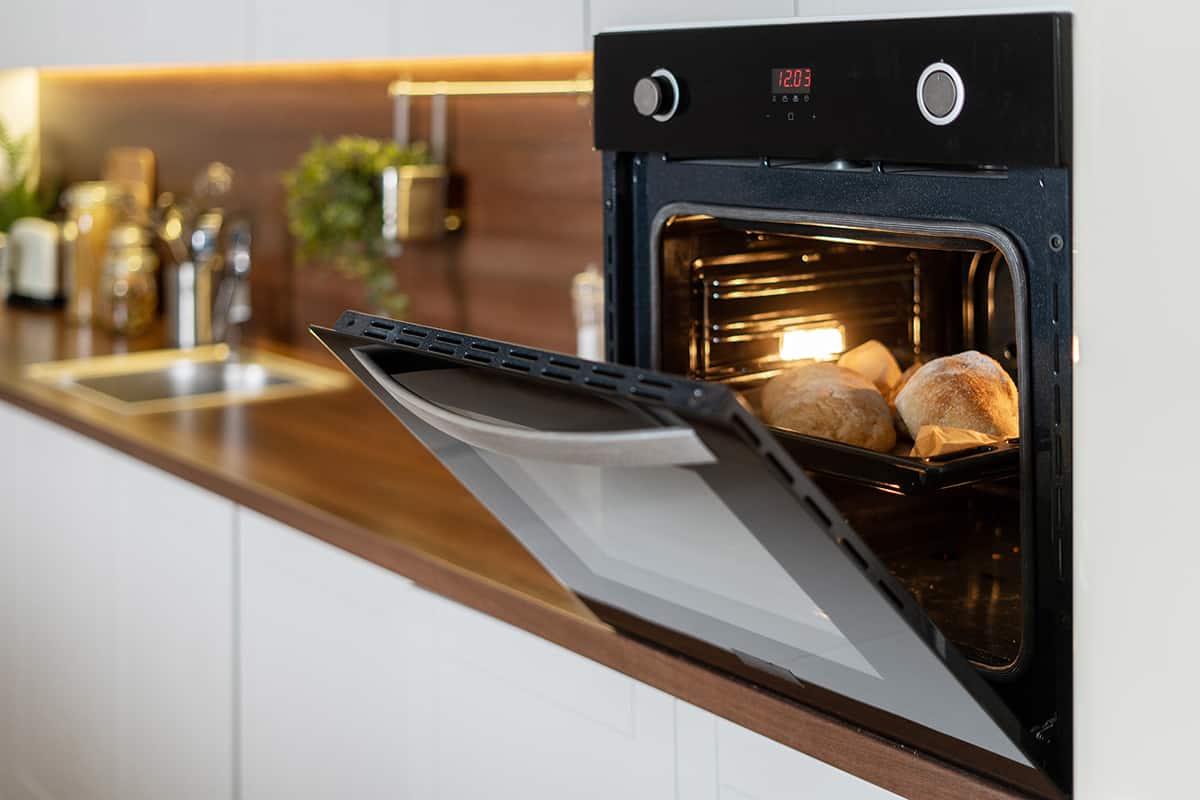Andi Nasruddin
Posts by Andi Nasruddin:
There’s nothing like breaking in a new kitchen appliance, especially an oven. With your brand-new oven, you can come up with all sorts of delicious recipes to serve to your guests for dinner. But before you even think about making a roast in the oven, there are a few things you should do beforehand.
Your oven not turning off can be caused by a wide range of mechanical problems, including a faulty control board, thermostat, broiler, and relay board. In many cases, your only option to restore your oven to working order is to replace the defective components.
There could be several causes behind your oven taking too long to preheat, such as a failing igniter, the design of the oven’s heating element, or the clock’s oven control board isn’t working properly.
If your dishwasher’s tub has a crack in it, clean and dry the area out before applying silicone caulk or epoxy putty. Use your finger to push the caulk into the crack and smooth the surface. Let the filling agent sit until it’s fully dry and wait an additional 24 hours before running a test cycle.
The most common causes of a leaking Miele dishwasher are a broken door gasket, an overfilled filter assembly, a faulty tablet dispenser door, and a faulty inlet valve. The solution may be to clean, fix, fasten, or even replace the faulty components.
There are all sorts of kitchen supplies you can use in place of tin foil. For instance, you can use silicone baking mats to line baking sheets, parchment paper to tent food, or even a grill basket to crisp up roasted potatoes and poultry.
The chemical makeup of commercial oven cleaners is far too harsh for kitchen counters. Not only can they corrode countertops, but the chemicals can stay inside the microscopic crevices and possibly contaminate food.
It is possible to sublimate using a regular convection oven. However, you separate your sublimation oven from your everyday baking oven since the chemicals from sublimation can contaminate the walls, leaving the oven unfit for food.
You should never use a commercial oven cleaner whenever you turn on your oven’s self-clean cycle. These cleaners contain all sorts of chemicals that can react unpredictably to extreme heat, which can create a toxic environment inside your oven.
You should avoid placing plastic in an oven at all times. Traditional plastic containers have a temperature tolerance of up to 212°F, while oven-safe containers will typically have a temperature tolerance of at least 400°F.
Yes, you keep food warm by placing it inside an oven. Cover your food in an aluminum foil tent and place it in a 150 to 200°F oven. Remember not to leave your food in the oven for too long, or it will begin to overcook or dry out.
When it comes to blenders, there are 2 brands that stand out more than their competitors—Vitamix and Blendtec. While their blenders work in almost identical ways, Blendtec blenders use blades that are 80% thicker and 10 times stronger than other brands. But can you use a Blendtec blender as a food processor?

